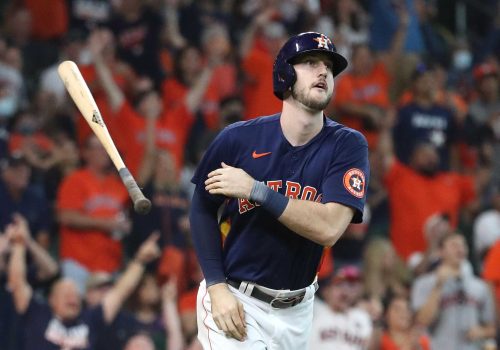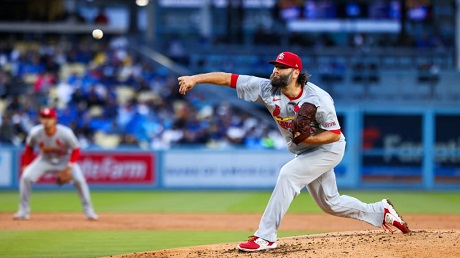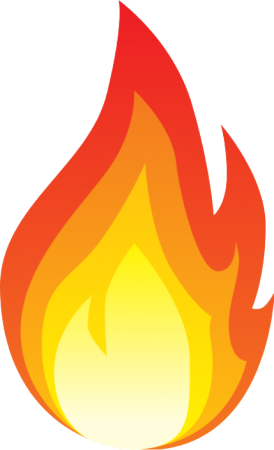How to Find Success Betting Home Run Props

It’s a sweat every night you bet a home run prop, but all it takes is one swing of the bat to cash on a wager that is typically priced between +300 and +1000. You’ll see shorter odds at times on guys like Kyle Tucker or Gunnar Henderson, who lead the majors in homers. Even those shorter odds can have value though since even the best MLB hitters will hit 30 to 40 homers in a 162-game season.
So, how do you play home run props? One thing you can do is use a projection-based betting strategy.
Projection-Based Strategy
This is the strategy that most are familiar with. It requires some knowledge about hitters, pitchers, and the stadiums where they are playing. It starts with understanding batter stats like home runs and expected home runs.
It’s pretty obvious that you should check out how many homers a player has hit before betting on home run props. Now, some players may benefit from playing in a hitter-friendly ballpark, like Coors Field. Others may play in a pitcher-friendly park like Citi Field. We can correct for those variables by using expected home runs (xHR).
Expected home runs are calculated by giving a hitter credit for batted balls they have hit that would have been gone at another ballpark, regardless of the actual box score. Take Kyle Schwarber in 2023 as an example. Schwarber hit 52 homers in 2023, but his expected homers number was 47.1. He had 62 balls that would’ve been homers in any ballpark and 27 that would have been gone in every ballpark.
It’s important to know that most of Schwarber’s home runs are hit to left field. In a stadium with a short left field fence, Schwarber may be more likely to homer. In pitcher-friendly ballparks like Citi Field, Schwarber may not fare as well. Bettors should note this.
Right- or Left-Handed
 It’s also important to look at handedness splits. In general, batters have an advantage against pitchers of the opposite hand. A right-handed batter, for example, has the edge on a left-handed pitcher.
It’s also important to look at handedness splits. In general, batters have an advantage against pitchers of the opposite hand. A right-handed batter, for example, has the edge on a left-handed pitcher.
Take Schwarber in 2023 again as an example. Schwarber hits left-handed. He hit 47 home runs in 2023 and 68 percent – 32 – came against right-handed pitchers. If you checked Schwarber’s slugging percentage that year, you would see that hit .497 against righties and .430 against lefties.
There are a few other hitting stats you could consider before betting home run props. These include a hitters average exit velocity and launch angle.
Pitching Stats to Consider
When betting home run props, it’s also important to consider the stats of the opposing pitchers. It’s much easier to check out stats for a starting pitcher. From game to game, you never know which relievers you’ll see in a game. Still, you can get an idea of which relievers might pitch and which ones will not.
You should consider that batters at the top of the order are probably going to get three to four, and possibly five plate appearances. Batters at the bottom of the order will likely only get two or three. It gets more difficult for pitchers to retire hitters after they have faced them multiple times.
Homers & Recent Form
 Just as we do for hitters, we should look to see how many home runs a pitcher has given up. We can also get an expected home runs allowed number from a pitcher. A lot of pitchers that struggle with fastball velocity give up a ton of expected home runs
Just as we do for hitters, we should look to see how many home runs a pitcher has given up. We can also get an expected home runs allowed number from a pitcher. A lot of pitchers that struggle with fastball velocity give up a ton of expected home runs
Looking back in the 2023 season, we find pitchers like Lance Lynn and Jordan Lyles gave up a lot of home runs and expected home runs. Lynn allowed 45.4 xHR in 2023. Lyles allowed 38.9. When these guys were up in the pitching rotation, bettors should have considered opposing hitters in home run props.
You also want to look at a pitcher’s recent form. Has he given up home runs in recent games? Handedness also matters. Remember, right-handed pitchers will have the advantage on a lineup full of right-handed hitters.
Weather & Ballparks
The other factors that need to be considered when using a projections-based home run props betting strategy are the weather and the ballpark where a game is being played. Wind blowing out from home plate can carry fly balls further and turn some deep fly balls into home runs. The opposite is true when winds blow in from the outfield.
Not all ballparks are created equal. Coors Field typically sees game totals of double digits. That’s because of the thin Denver air. Balls fly farther in Colorado. Balls have a hard time getting out of stadiums like Comerica Park and Oracle Park where the dimensions make it more difficult to hit a home run. If you’re betting home run props, take the time to check out ballpark factor ratings.
See Also
How to Bet MLB First Five Innings
How to Maximize MLB First Five Innings Bets
Using FIP to Win Baseball Bets
















